Can You Put A Pizza Box In The Oven?
Have you ever needed to quickly reheat a slice of pizza but didn't have a dish that could be placed in the oven? You might have questioned whether you could utilise your cardboard pizza box in its place.
While throwing a cardboard pizza box in the oven may seem like a simple and quick fix, there are some risks involved. These dangers will be discussed in this blog post along with advice on how to safely warm up or reheat your pizza without utilising the original box.
The Perils Of Baking With Pizza Boxes
Placing a pizza box in the oven carries a number of dangers, such as the possibility of fire, the release of hazardous chemicals into food at higher temperatures, and going above the recommended temperature range for cardboard and inks.
Potential Fire Danger
It is dangerous to put a pizza box in the oven since it poses a fire risk. Even with low oven temperatures set, it is unsafe to put things made of cardboard and paper in there since they can catch fire at about 400 degrees.
Foreign materials like metals and plastics that come into touch with heat sources like an oven can pose a concern since they increase the likelihood of ignite. Before placing cardboard in an oven, cover it with foil to prevent further risks from heat trapping inside.
Release of harmful chemicals into food
Numerous dangerous materials are used to make pizza boxes, including perfluorinated compounds (PFCs) and diisobutyl phthalate (DIBP), which both represent significant dangers to human health.
For instance, DIBP is a well-known substance that can cause cancer and birth abnormalities. PFCs have also been connected to liver and kidney damage in lab animals.
Fortunately, there are techniques to reduce the amount of these dangerous compounds you are exposed to when reheating pizza. One method is to do away with the box altogether: Always use an oven-safe dish or tray you already have at home rather than a cardboard container.
Simply arrange each slice on its own sheet before putting it in the hot oven to avoid the danger of contamination from unsavoury chemicals present in packing materials. Aluminium foil or parchment paper may also work just as well. If you have a kitchen appliance like a microwave or even a toaster oven, those alternatives might offer safer alternatives as well.
Safe temperature ranges for inks and cardboard
A pizza box should not be placed in the oven. Around 200°C or 400°F may cause the inks and cardboard used to make the boxes to catch fire, endangering kitchen appliances and raising the possibility of food contamination.
Additionally, placing a pizza inside a cardboard box may result in uneven heating, which could cause the pizza to be undercooked or overcooked. It's critical to be aware of the maximum oven temperature when reheating pizzas outside of their original packaging because exceeding 200°Celcius or 400°F will ignite the cardboard container.
The likelihood of fires and dangerous chemical leaks into food owing to ink melting off of cardboard containers increases if temperatures exceed 220°C or 427°F.
Alternatives To Reheating Pizza in the Oven That Are Safe And Efficient
Using pans or dishes that are oven-safe
The safest and most efficient way to reheat pizza without using cardboard boxes in the oven is to use oven-safe dishes and pans. In order to bake anything in an oven, cookware must be composed of materials that can withstand extremely high temperatures, such as glass, metal, and ceramic.
Another excellent choice for heating food safely is using pans with built-in lids or coverings. These choices prevent sauces from spilling during cooking onto the oven flooring and also help to retain moisture so that your pizza dough won't be dry. The use of an oven-safe dish or pan in place of a cardboard pizza box has two advantages: first, it completely avoids the possibility of chemical contamination from paper or cardboard scorching, making it safer to eat pizzas that have been kept within.
Using Parchment Paper Or Aluminium Foil
Aluminium foil and parchment paper both work well as protective barriers against direct heat that may otherwise ignite cardboard boxes, making them safe ways to reheat pizza in the oven.
Both substances are resistant to high temperatures and do not melt or ignite when heated. Although it might be challenging to use with large pizzas, aluminium foil is lightweight, convenient, and creates a good seal around any warming dish.
Contrarily, paper parchment has a stronger rip resistance, making it better suitable for dishes with irregular shapes like pizzas. While heated, it also absorbs moisture, keeping food crispier than aluminium foil would, although it shouldn't be used again owing to hygienic reasons.
Using A Microwave Or A Toaster Oven
A toaster oven is the best and most efficient option for reheating pizza. This device can aid in making a flawlessly heated pizza with crisp crusts and uniformly heated toppings because it can achieve higher temperatures than standard ovens.
Additionally, toasters let you heat just one or two slices at once, which makes them ideal for people who want a quick snack. Always thaw out the pizza before baking it in your toaster oven when reheating frozen pizzas.
However, microwaves are not the best option for reheating pizzas because they don't reach high enough temperatures and frequently result in soggy crusts and unevenly heated toppings.
Pizza Box Disposal Done Right
After usage, they should be properly disposed of because their thin yet robust composition prevents easy recycling.
Recycling vs. Disposal of Trash
Pizza boxes should be recycled or disposed of properly to minimise waste and protect the environment. Pizza boxes that are greasy, damp, or otherwise contaminated shouldn't be recycled curbside because, if not properly handled, they can contaminate other recyclables.
Before throwing away, pizza boxes should be broken down into flat pieces to prevent an obstruction in the trash can or a buildup of too many at once. Trimming any cheese off before crushing helps make it easier for waste management processors because cheese on a lid renders it unrecyclable due to the grease and food residue.
Composting may offer an environmentally beneficial way to dispose of non-greasy cartons that nonetheless contain food waste.
Box dismantling for storage and transportation
Pizza boxes can be broken down and stored or transported in one of the most effective and environmentally responsible methods possible. For both pizza businesses and households, breaking down cardboard boxes frees up space, reduces clutter, and makes waste management easier.
Before attempting to break the box into smaller pieces, it is crucial to remove any food residue from it because oily materials can be dangerous when mixed with other recyclables.
Start by flattening down one side of the pizza box such that the lengths of the other two sides are the same. Then flip the box over so that one end is facing up. This gives you access to cut with scissors or an X-Acto knife along each side of the folded crease at the top of the rear panel.
Then, discard any leftover material (including any extra plastic tabs) on either end of your freshly created rectangular shape after folding each flap inward until they meet in the centre.
The safest and most reliable technique to guarantee that your meal stays hot and delectable while being reheated in the oven without a cardboard box is to reheat pizza. When placed too close to a source of intense heat, like an oven, cardboard boxes can be dangerous because they might catch fire or release toxic chemicals into the food.
Remove the pizza from its original box and put it inside an oven-safe dish or pan that has been lined with aluminium foil or parchment paper to reduce these risks. An alternative to using a standard stovetop oven for warming is to use a microwave or toaster oven.

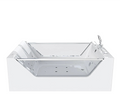
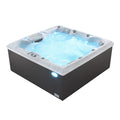
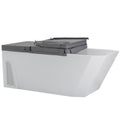
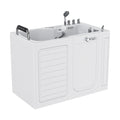
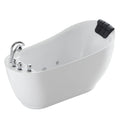
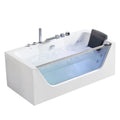
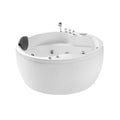
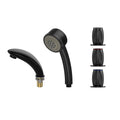

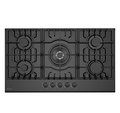
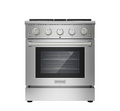
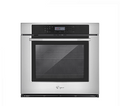

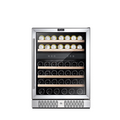

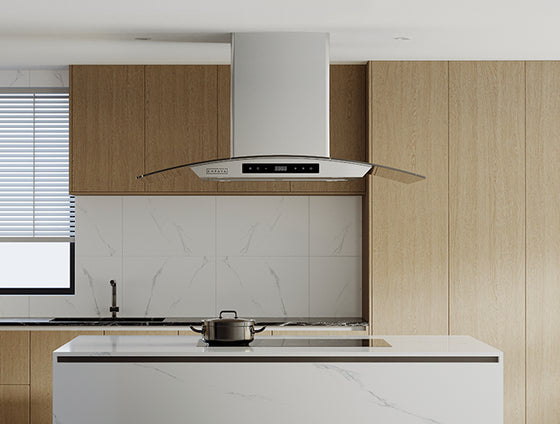

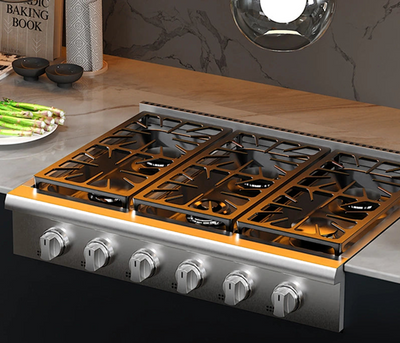
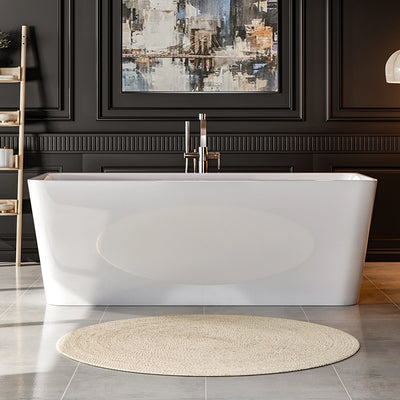


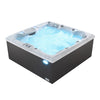
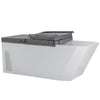
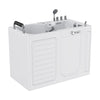
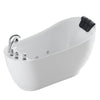
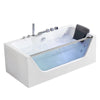
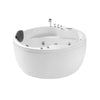
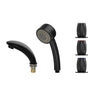




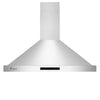
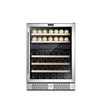
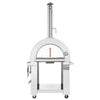
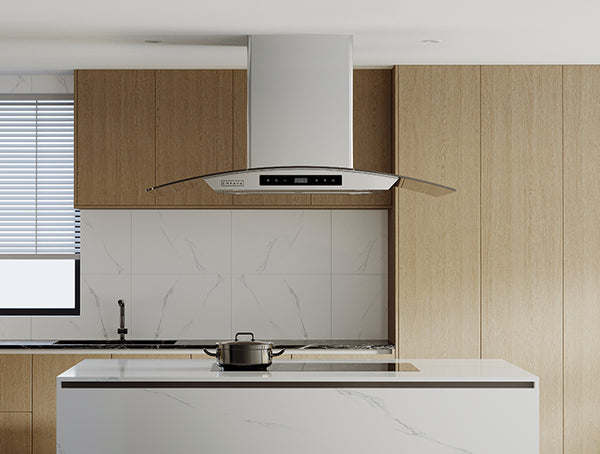

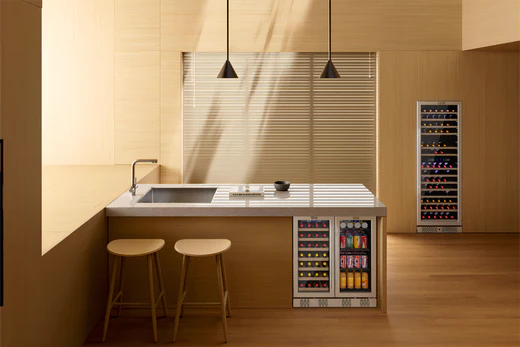

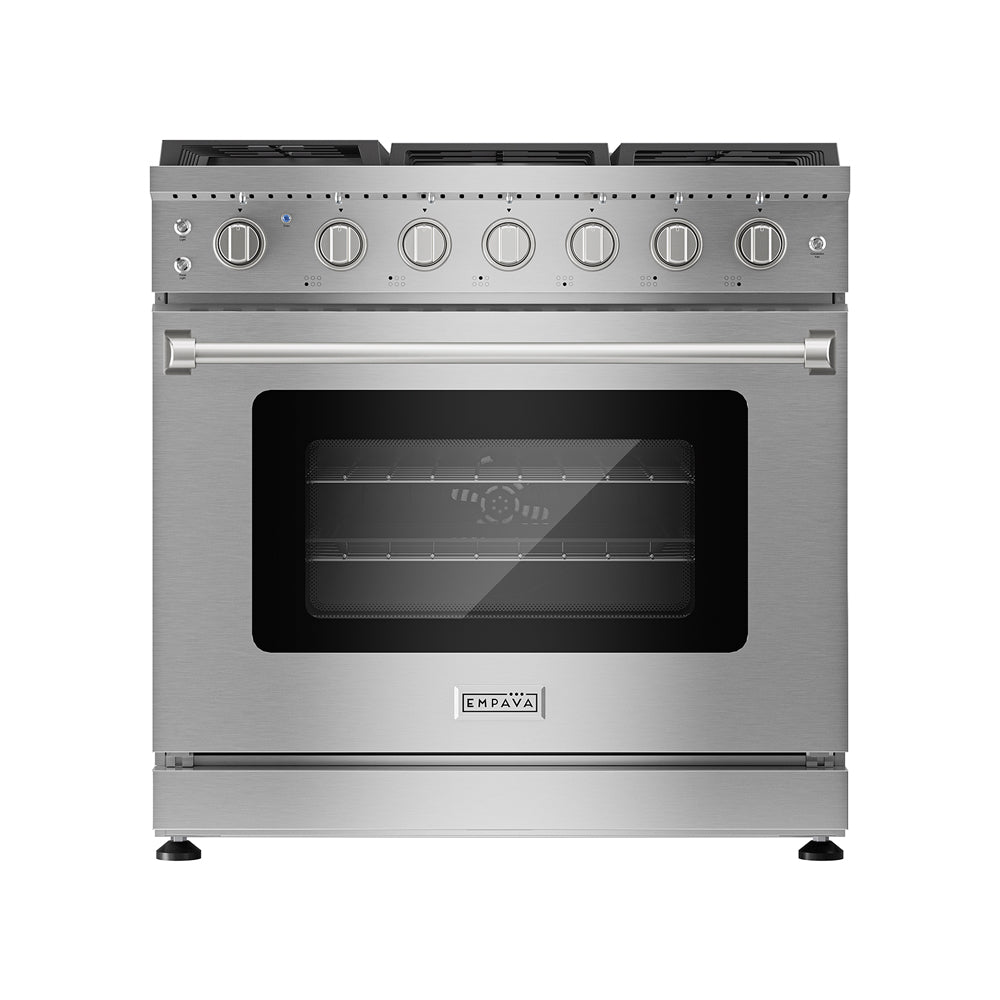

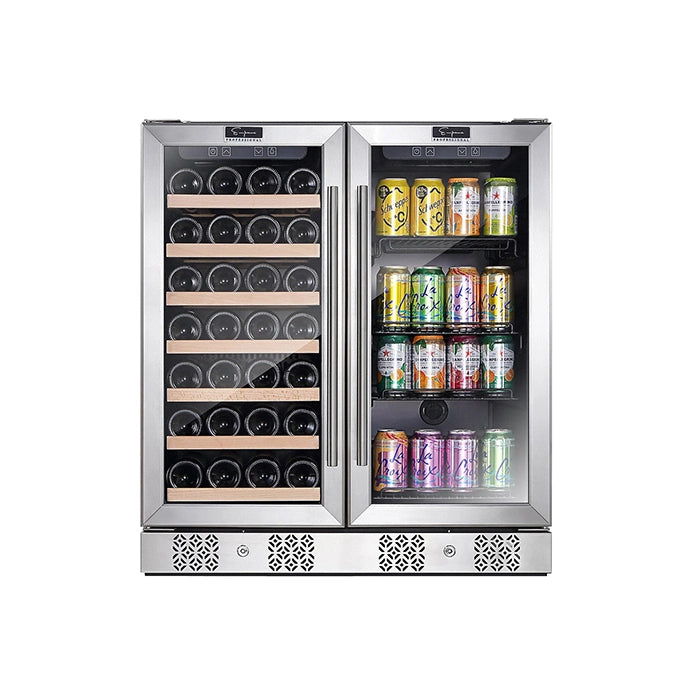
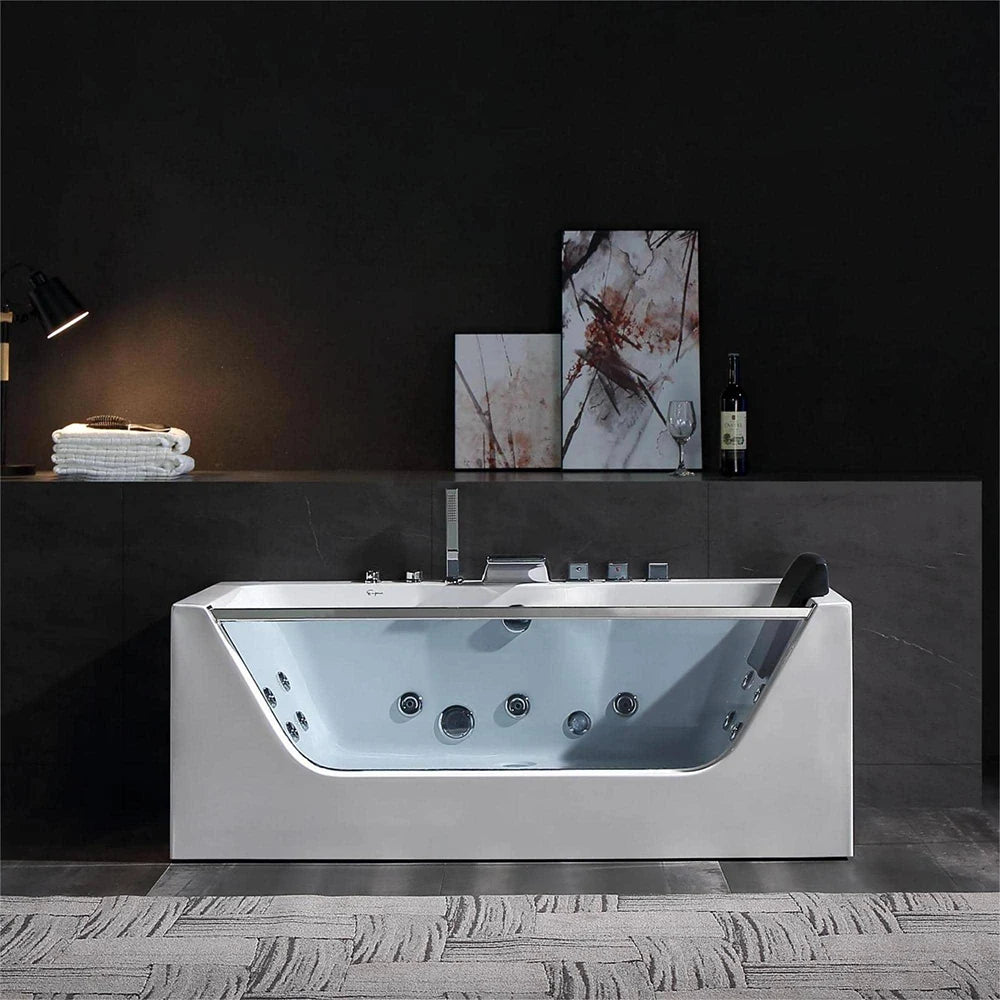
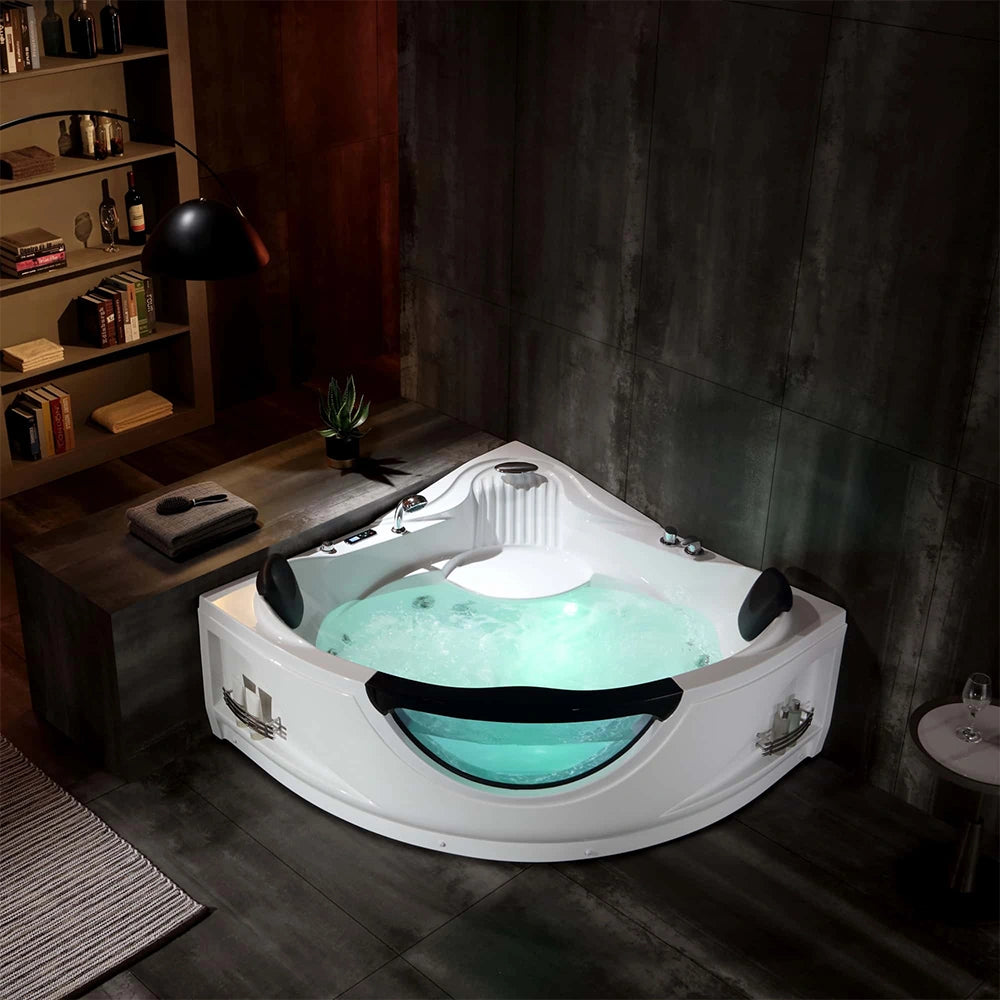

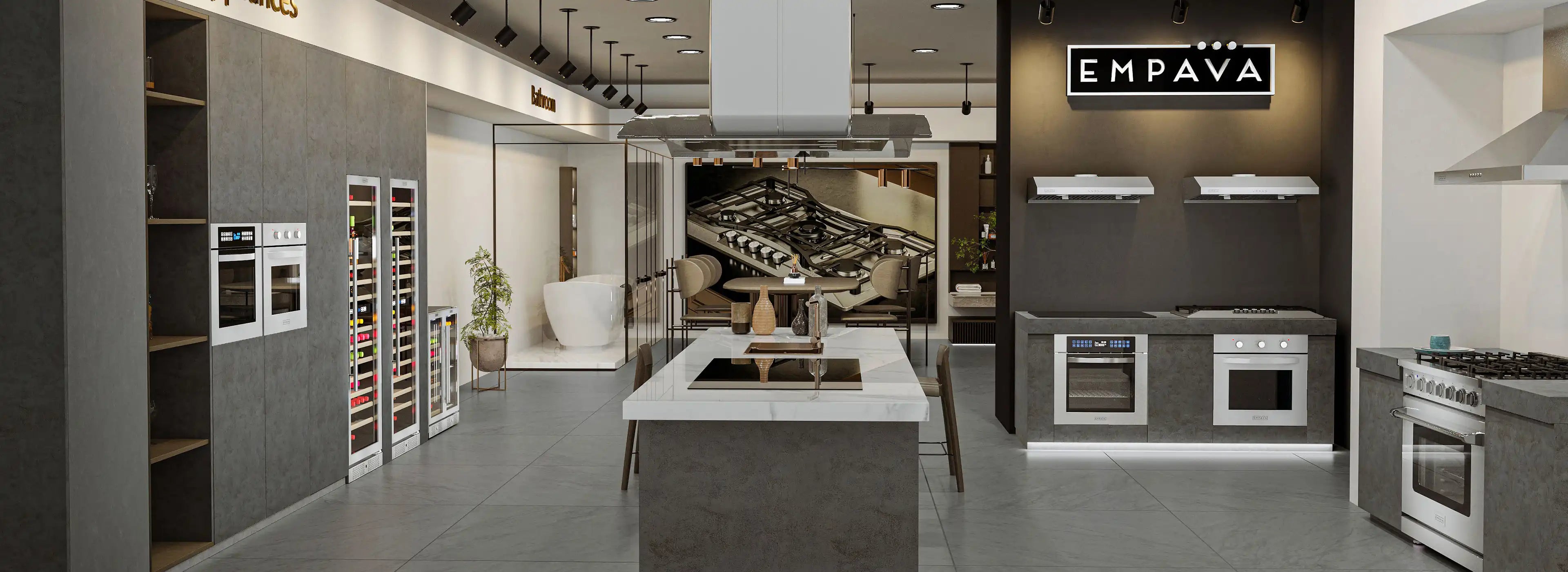
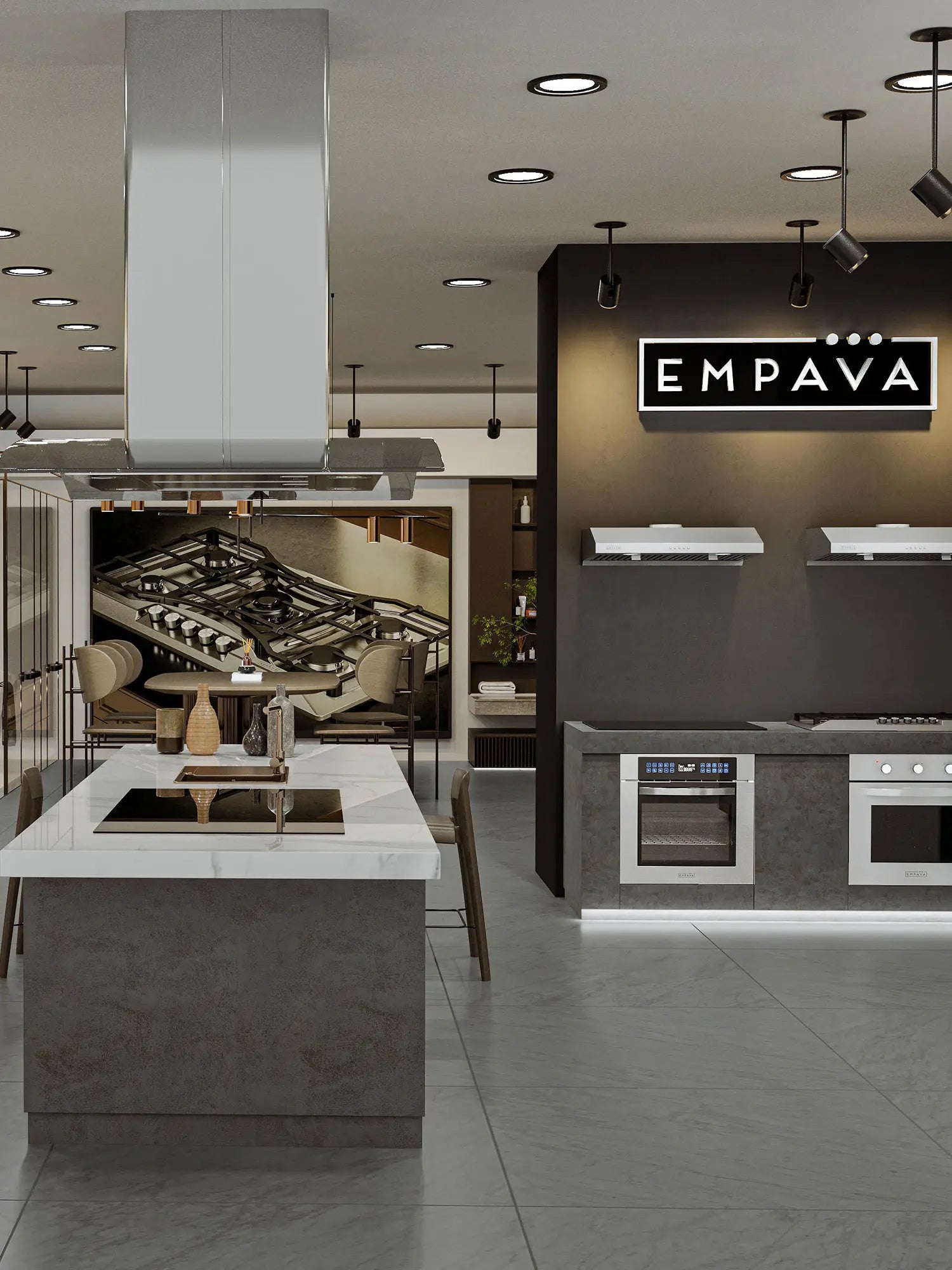

 added to cart
added to cart
 Select A Custom Kitchen Tool Set
Select A Custom Kitchen Tool Set